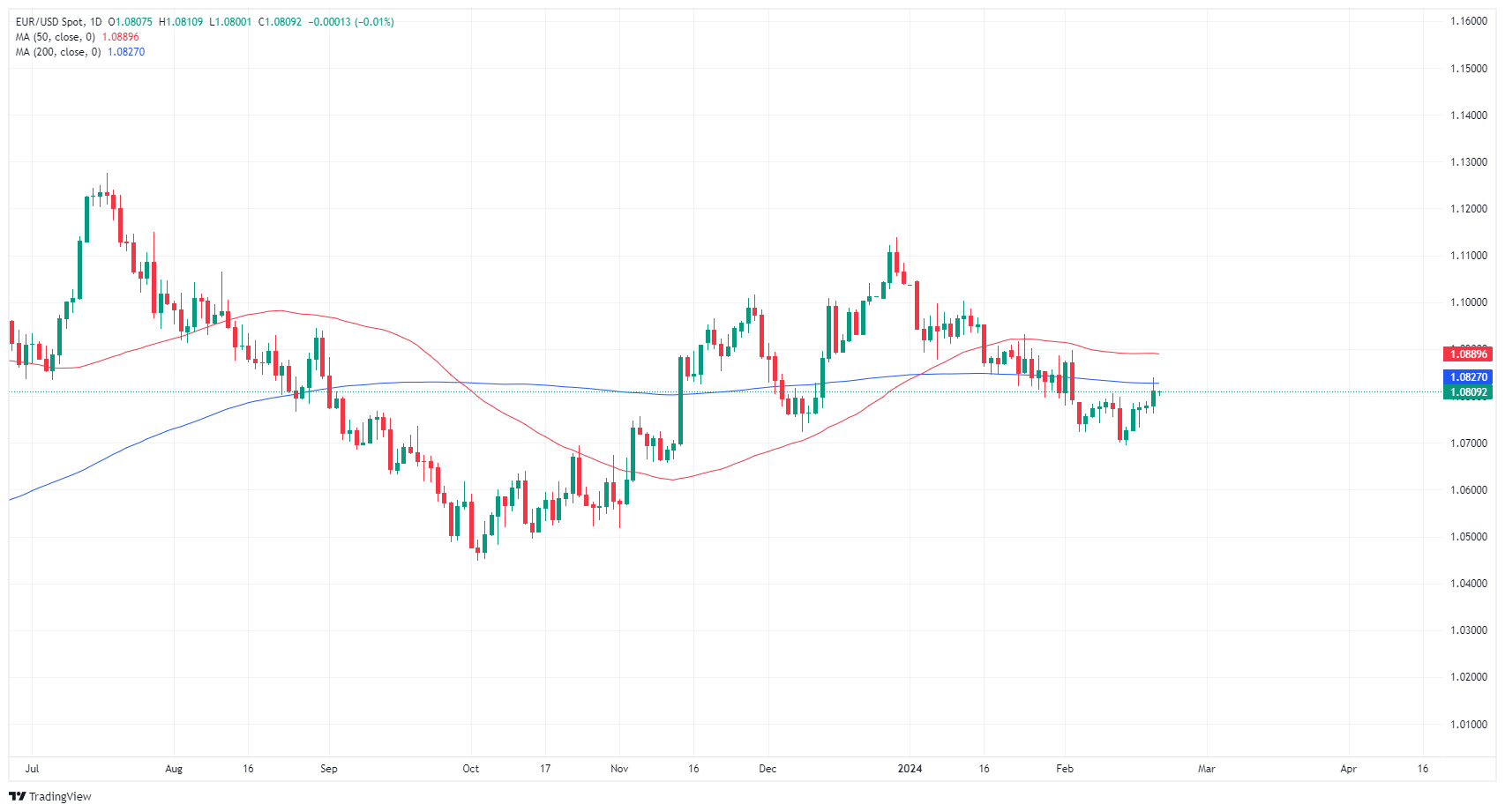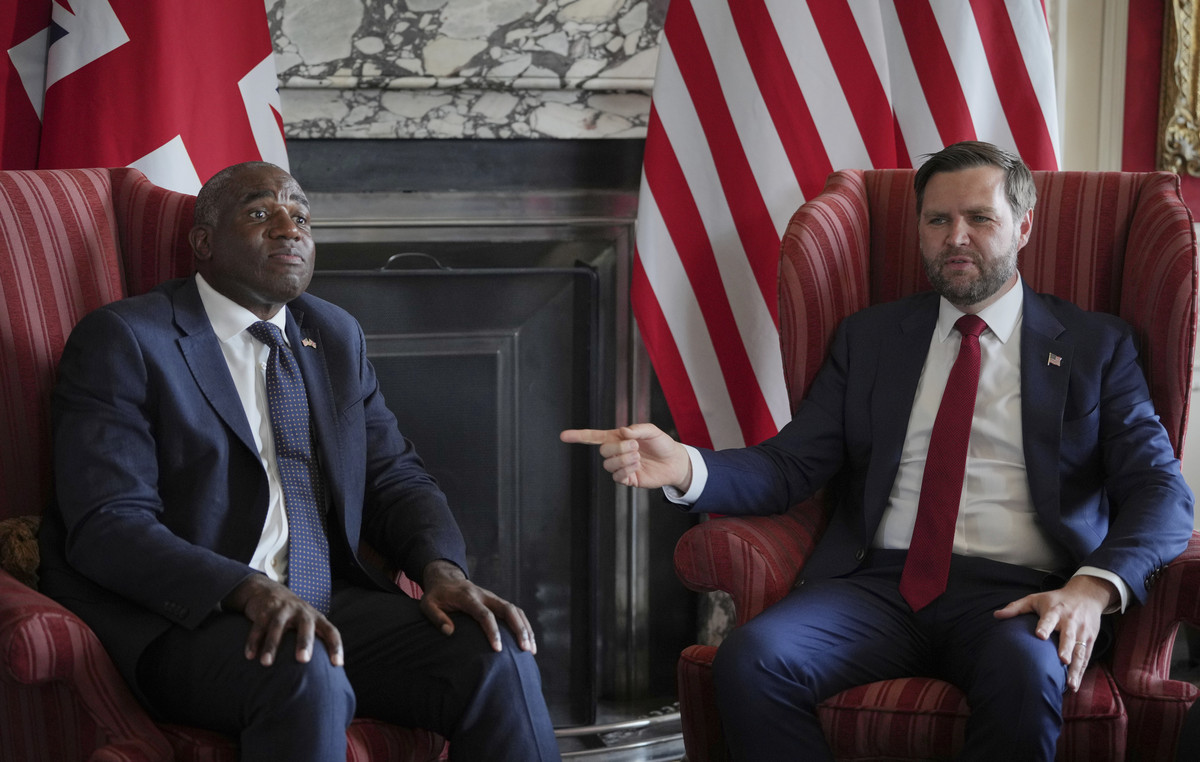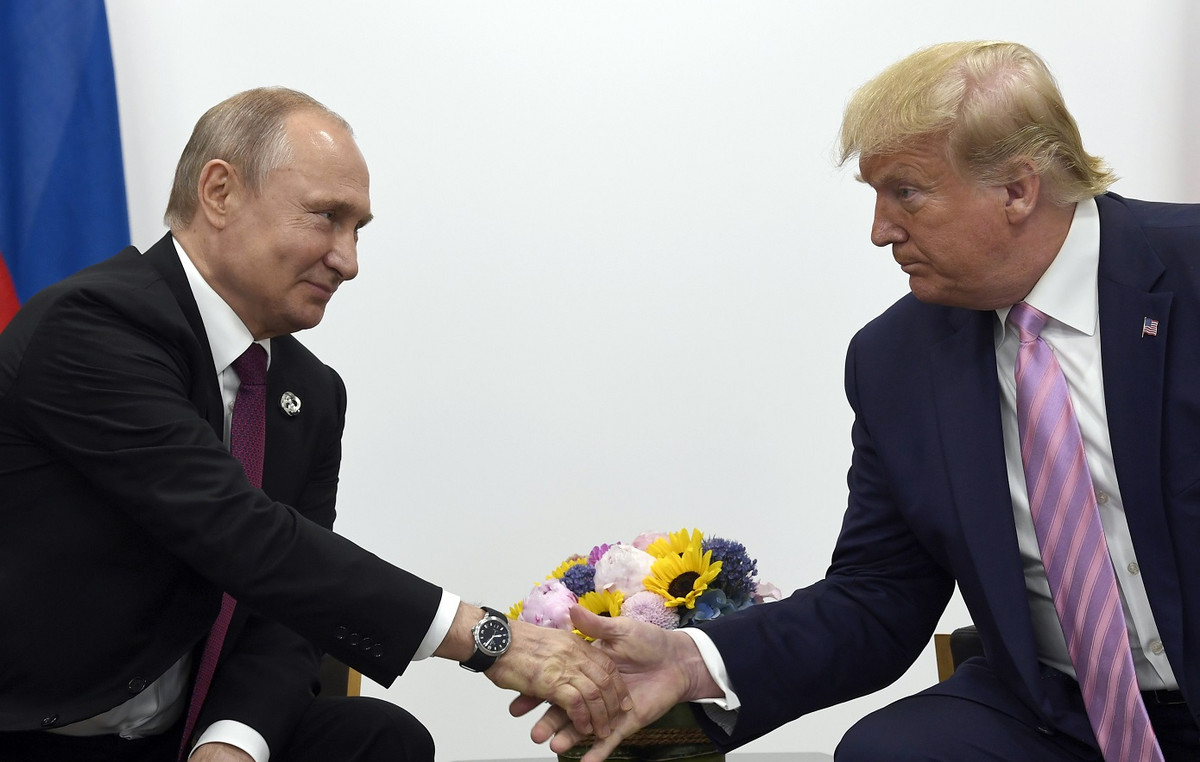- Markets are awaiting the latest Fed Minutes.
- The EU and US PMI indices will be published on Thursday.
- Friday concludes the trading week with some speeches from the ECB.
On Wednesday, the EUR/USD pair was in the middle zone of the fluctuation band, but is now moving cautiously pending the latest minutes from the Federal Reserve (Fed). However, the Fed is unlikely to offer anything new. The European and US Purchasing Managers' Indices (PMI) will be published on Thursday, and markets expect a slight improvement in the Eurozone and a more moderate performance in US activity figures.
Friday concludes the week with speeches from policymakers at the European Central Bank (ECB). The latest Fed Monetary Policy Report is also published on Friday.
Daily Market Summary: EUR/USD Pulls Center Ahead of Fed Minutes
- Investors will be watching the minutes of the Fed's latest meeting for clues about the proximity of an interest rate cut.
- According to the CME's FedWatch tool, the Fed still expects three rate cuts this year, while money markets expect at least five.
- Markets are pricing the odds of a first rate cut in June at 70%.
- EU Consumer Confidence in February improved more than expected, with a result of -15.5 versus the forecast of -15.6, compared to the previous month's result of -16.1.
- EU PMI indices are expected to recover and the Eurozone Composite PMI improves to 48.5 from 47.9 in February.
- A figure below 50.0 for the composite component would mean a ninth consecutive month of contraction.
- Harmonized core consumer price inflation (HICP) in Europe is expected to confirm the preliminary data of 3.3% year-on-year.
- In the United States, a slight decline in PMI figures is expected, with the services component falling to 52.0 from 52.5 and the manufacturing component falling to 50.5 from 50.7.
Euro quote today
Below is the percentage evolution of the euro (EUR) against the main currencies. The euro was the weakest currency against the Swiss franc.
| USD | EUR | GBP | CAD | AUD | JPY | NZD | CHF | |
| USD | 0.02% | 0.03% | -0.07% | 0.20% | 0.24% | 0.00% | -0.16% | |
| EUR | -0.01% | 0.02% | -0.09% | 0.19% | 0.22% | -0.02% | -0.18% | |
| GBP | -0.03% | -0.01% | -0.10% | 0.17% | 0.22% | -0.03% | -0.18% | |
| CAD | 0.07% | 0.08% | 0.10% | 0.26% | 0.30% | 0.06% | -0.09% | |
| AUD | -0.19% | -0.19% | -0.18% | -0.29% | 0.04% | -0.22% | -0.37% | |
| JPY | -0.24% | -0.23% | -0.21% | -0.31% | -0.03% | -0.24% | -0.41% | |
| NZD | 0.01% | 0.02% | 0.04% | -0.07% | 0.20% | 0.23% | -0.15% | |
| CHF | 0.14% | 0.16% | 0.19% | 0.09% | 0.37% | 0.40% | 0.16% |
The heat map shows the percentage changes of the major currencies against each other. The base currency is chosen in the left column, while the quote currency is chosen in the top row. For example, if you choose the euro in the left column and scroll down the horizontal line to the Japanese yen, the percentage change in the box will represent EUR (base)/JPY (quote).
Technical Analysis: EUR/USD nears 1.0800
EUR/USD remains on the bullish side of the 200-hour SMA near 1.0767 as the pair approaches the near-term high zone. Price action has continued to extend a rough recovery since last week's drop to the 1.0700 area, but momentum stalls and bullish sentiment begins to dilute at the intraday level.
Daily candles have the pair hitting the 200-day SMA near 1.0830, and bullish momentum faces a significant technical ceiling. EUR/USD continues to face a pattern of lower highs, with the pair still down around 3% from December's bid highs near 1.1140.
EUR/USD hourly chart
EUR/USD Daily Chart
Frequently asked questions about the Euro
What is the Euro?
The Euro is the currency of the 20 countries of the European Union that belong to the euro zone. It is the second most traded currency in the world, behind the US dollar. In 2022, it accounted for 31% of all foreign exchange transactions, with an average daily volume of more than $2.2 trillion per day.
EUR/USD is the most traded currency pair in the world, accounting for an estimated 30% of all transactions, followed by EUR/JPY (4%), EUR/GBP (3%) and EUR/AUD (2% ).
What is the ECB and how does it influence the Euro?
The European Central Bank (ECB), headquartered in Frankfurt, Germany, is the reserve bank of the euro zone. The ECB sets interest rates and manages monetary policy
The ECB's main mandate is to maintain price stability, which means controlling inflation or stimulating growth. Its main instrument is to raise or lower interest rates. Relatively high interest rates – or the expectation of higher rates – tend to benefit the Euro and vice versa.
The Governing Council of the ECB takes monetary policy decisions at meetings held eight times a year. Decisions are made by the heads of the eurozone's national banks and six permanent members, including ECB President Christine Lagarde.
How do inflation data influence the value of the Euro?
Eurozone inflation data, measured by the Harmonized Index of Consumer Prices (HICP), are important econometric data for the euro. If inflation rises more than expected, especially if it exceeds the 2% target set by the ECB, it is forced to raise interest rates to bring it back under control.
Relatively high interest rates compared to their peers tend to benefit the Euro, as it makes the region more attractive as a place for global investors to park their money.
How do economic data influence the value of the Euro?
Data releases measure the health of the economy and can influence the Euro. Indicators such as GDP, manufacturing and services PMIs, employment and consumer sentiment surveys can influence the direction of the single currency.
A strong economy is good for the Euro. Not only does it attract more foreign investment, but it may encourage the ECB to raise interest rates, which will directly strengthen the Euro. Conversely, if economic data is weak, the Euro is likely to fall.
The economic data for the four largest economies in the eurozone (Germany, France, Italy and Spain) are especially significant, as they represent 75% of the eurozone economy.
How does the trade balance affect the Euro?
Another important release for the euro is the trade balance. This indicator measures the difference between what a country earns from its exports and what it spends on imports during a given period.
If a country produces highly sought-after export products, its currency will appreciate due to the additional demand created by foreign buyers wishing to purchase these goods. Therefore, a positive net trade balance strengthens a currency and vice versa for a negative balance.
Source: Fx Street
I am Joshua Winder, a senior-level journalist and editor at World Stock Market. I specialize in covering news related to the stock market and economic trends. With more than 8 years of experience in this field, I have become an expert in financial reporting.







